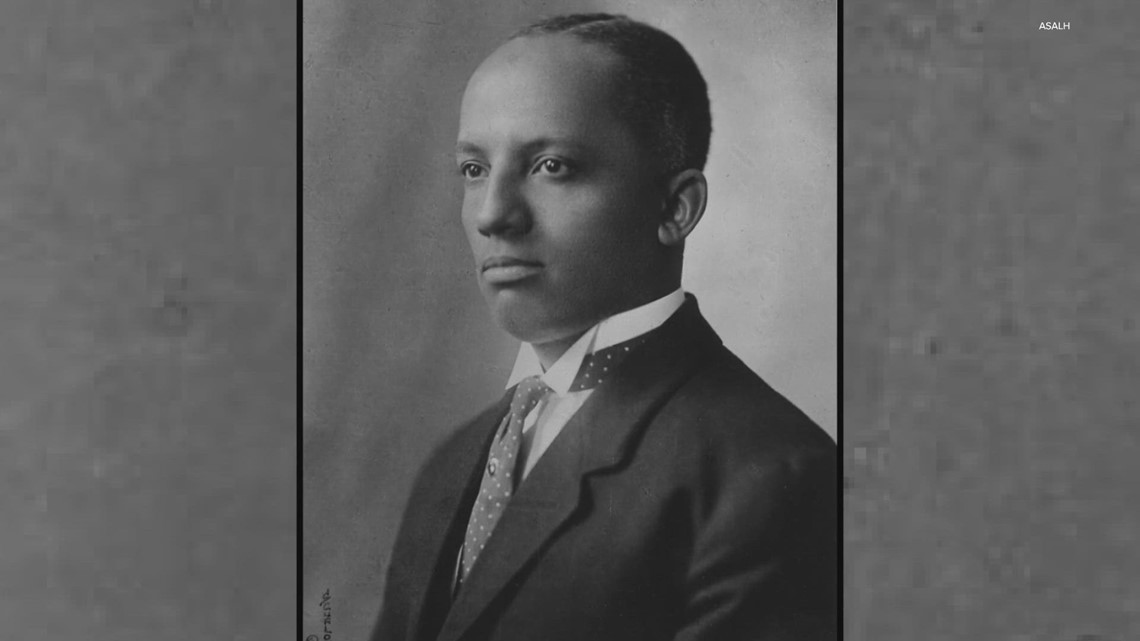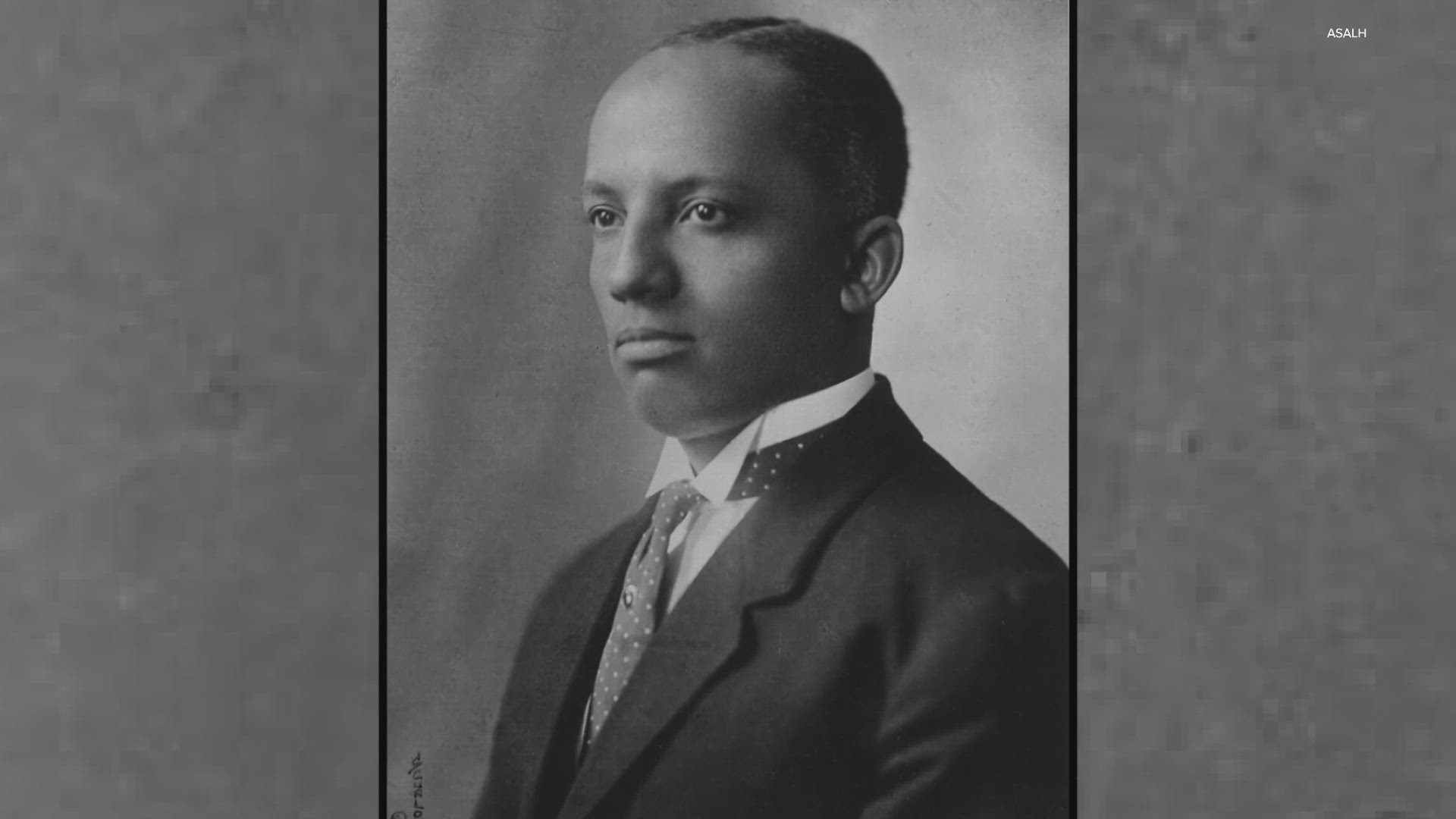INDIANAPOLIS — Feb. 1 marks the beginning of Black History Month. And to prime you for WTHR’s monthlong celebration of African Americans' contribution to our country, we want to share the history of this observance.
Dr. Carter G. Woodson is "The Father of Black History Month." 13News anchor Felicia Lawrence takes an in-depth look at his lifetime of work and love of history, his culture, and the progress of Black people in America.
"Dr. Woodson was a teacher, he was a scholar, and he was an individual that saw there wasn't recognition of Black history," said Kisha Tandy, curator of social history at the Indiana State Museum.
After graduating from Harvard in 1912, Woodson saw the lack of Black history being taught and that Black achievements were, many times, not included. So, in 1915, he started the Association for the Study of Negro Life and History, an organization which still exists. Today, it’s known as the Association of African American Life and History - or ASALH.
Woodson wanted to not only show images and share stories of African Americans that were downtrodden in the 1910s and 1920s, but also the achievements and accomplishments of a race. To do this, “The Journal of Negro History” was created to provide knowledge and inspire progress for Black people in 1916.


Woodson spent the next several years publishing from his home office in Washington D.C., and promoting that history through teaching, public lectures, and his writings.
And In 1926, Woodson’s first Negro History Week was held in February.
"He established it in February to coincide with the birthdays of President Abraham Lincoln and the scholar, the writer, the orator Frederick Douglass," said Tandy.
These two figures and their actions greatly impacted African Americans.
Woodson's goal was always to grow beyond a week, but for the accomplishments of Black people to be recognized every day of the year.
"These are things that have been accomplished, in spite of. These are things we can recognize and hopefully provide some type of inspiration,” according to Tandy.
But it wasn't until the 1960s that calls for extending Black History Week into a monthlong celebration became more prominent. College students were a big part of that influence, but ASALH pushed for federal recognition.
In 1976, President Gerald Ford officially established Black History Month for our nation.
"The past, it helps us to understand what's taking place today, it helps us to understand the present. But it also helps us to give us inspiration. It is so wonderful to learn about people who were able to accomplish so much. And you can say to yourself, ‘Wow, this person inspires me. What a great story,'" according to Tandy.
Since the mid-1970s, every American president, Democrat and Republican, has issued proclamations recognizing Black History Month. This action has pushed our nation one step closer to recognizing Black history is American history and serves as inspiration to all.
"We share history. So, when I share Black history, I'm sharing Indiana history, and I'm sharing the history of this country," Tandy said.

